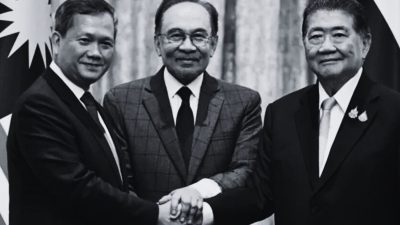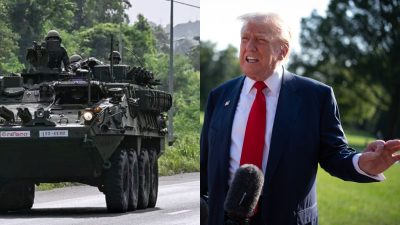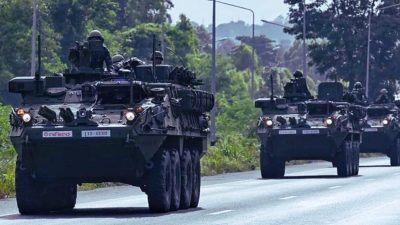Now Reading: Why Thailand and Cambodia are fighting over the Preah Vihear temple — again
- 01
Why Thailand and Cambodia are fighting over the Preah Vihear temple — again
Why Thailand and Cambodia are fighting over the Preah Vihear temple — again
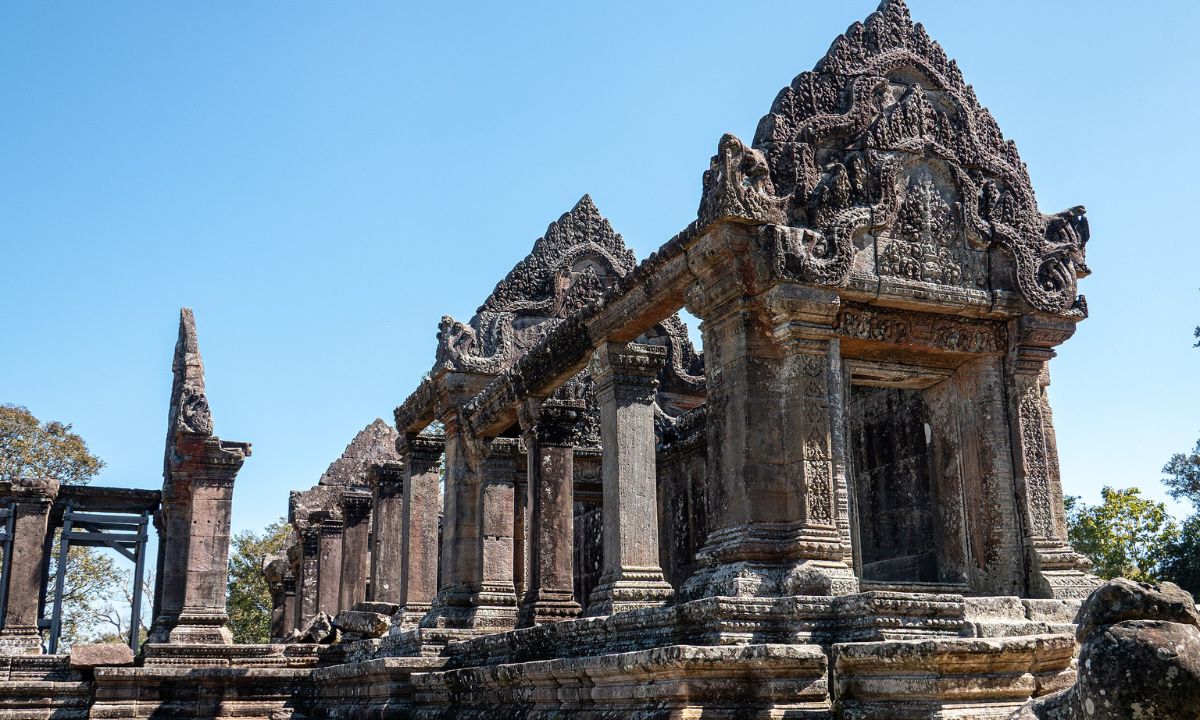
Tensions between Thailand and Cambodia over the ruins of the ancient Preah Vihear temple have erupted once more, marking the most violent episode in years. Fighting that began on Thursday has now entered its third day, and by Saturday, at least 32 people from both sides had died. More than 100,000 residents have been forced to flee their homes along the contested border.
At the core of this conflict lies a century-old dispute over where the border between the two countries truly lies. During the French colonial period, Cambodia’s borders were drawn by French officials, but the exact boundary line around the Preah Vihear temple was left vague. The temple, built in the 11th century and dedicated to the Hindu god Shiva, sits dramatically on a cliff in northern Cambodia, right at the edge of Thailand.
In 2008, Cambodia sought to have the temple listed as a UNESCO World Heritage Site. Thailand strongly opposed the move, fearing it would strengthen Cambodia’s claim to the surrounding area. Since then, tensions have flared repeatedly, with both sides accusing each other of military incursions and provocations.
The 1962 ICJ ruling
Cambodia had already taken the issue to the International Court of Justice (ICJ) in 1962. The court ruled that the temple itself belonged to Cambodia and ordered Thai troops to leave. The decision was based on French-Siamese treaties and maps drawn by a joint commission. However, the ruling did not clearly define the border surrounding the temple, leaving a legal and political vacuum that continues to fuel hostilities.
Thailand initially resisted the ruling and still contests the ownership of the land surrounding the temple. Over the decades, both countries have built military outposts and roads near the disputed zone, keeping the area heavily militarized and volatile.
What sparked the latest fighting?
This most recent clash appears to have been sparked in May, when a Cambodian soldier was killed during a border skirmish. On Thursday, fighting escalated sharply after Cambodia accused Thai troops of using surveillance drones to block Cambodian patrols near the disputed area. Thailand, in turn, alleged that Cambodian forces were constructing underground landmine tunnels. One such tunnel reportedly exploded, injuring a Thai soldier, prompting Thailand to recall its ambassador and retaliate with force.
Both governments blame each other for firing the first shot. Fighting has since spread to at least twelve locations along the border, with heavy artillery reportedly in use.
Escalating humanitarian concerns
Civilians on both sides of the border are paying a heavy price. Villagers have reported shelling, rocket fire, and damaged homes. Thailand has ordered mass evacuations in areas within reach of Cambodian rockets. Meanwhile, Cambodia has accused Thailand of using cluster munitions — a weapon banned under international law due to its indiscriminate and long-lasting harm to civilians. Thailand has not responded to these claims.
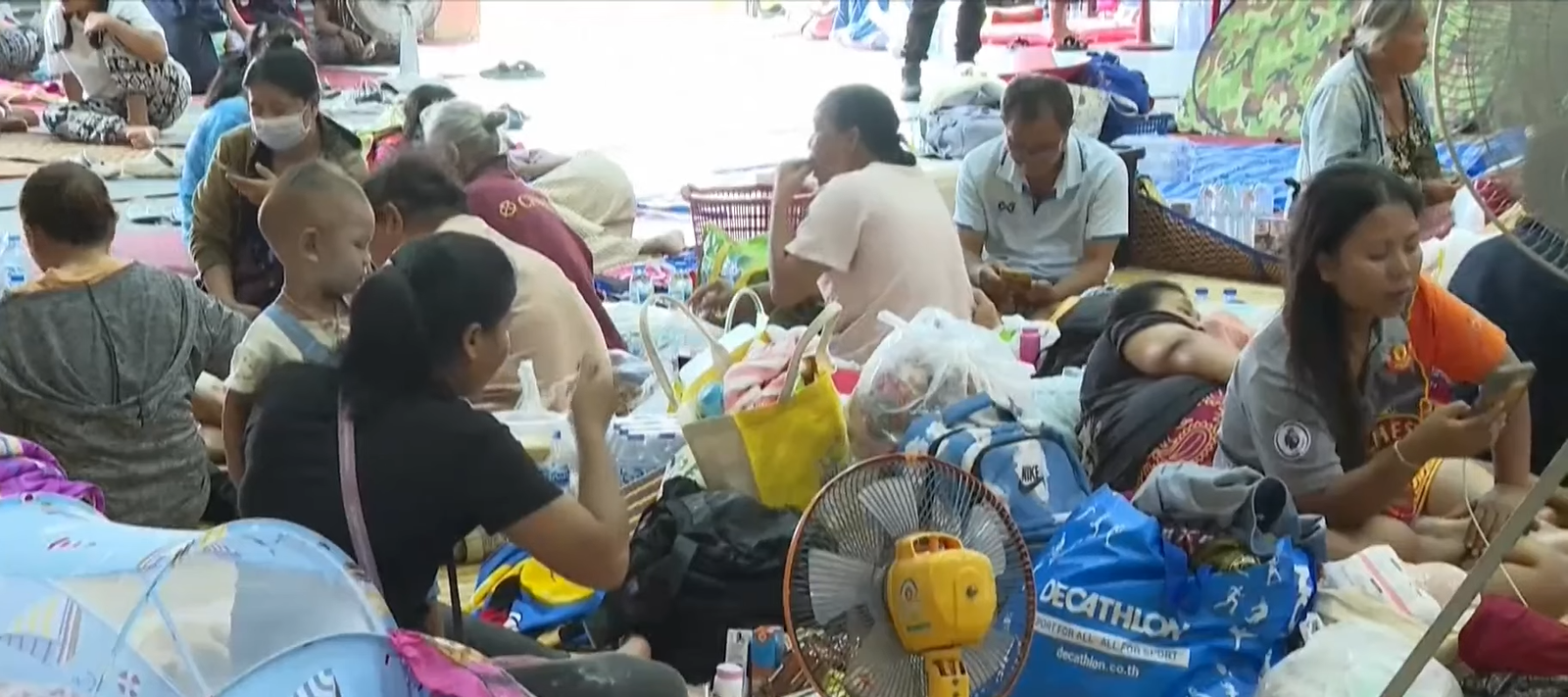
Local officials and international observers fear that the conflict could evolve into a full-scale war if heavy weapons continue to be used and diplomatic channels fail.
Preah Vihear Importance
The Preah Vihear temple isn’t just a tourist attraction or historical site. For Cambodia, it’s a sacred symbol of national pride and cultural identity. The site showcases classical Khmer architecture with intricate stone carvings, and its location atop a remote mountain ridge gives it strategic and symbolic power. Though officially under Cambodia’s control, it remains visible — and in some cases, accessible — from Thai territory, intensifying the rivalry.
For many Thais, the temple is also part of their cultural history, and the perception that Cambodia has claimed it unfairly continues to stoke nationalist sentiment, particularly during periods of political instability in Thailand.
Despite past ceasefires and international mediation efforts, a permanent solution has never been reached. Military installations remain in place on both sides, and diplomatic talks have repeatedly broken down. As long as the border remains disputed and nationalist politics dominate the narrative in both countries, violent flare-ups are likely to continue.
The latest round of fighting shows how deeply rooted this issue is — not just in geography, but in identity, politics, and history. Without fresh negotiations and a renewed international effort to enforce a lasting boundary agreement, peace at Preah Vihear will remain precarious.





